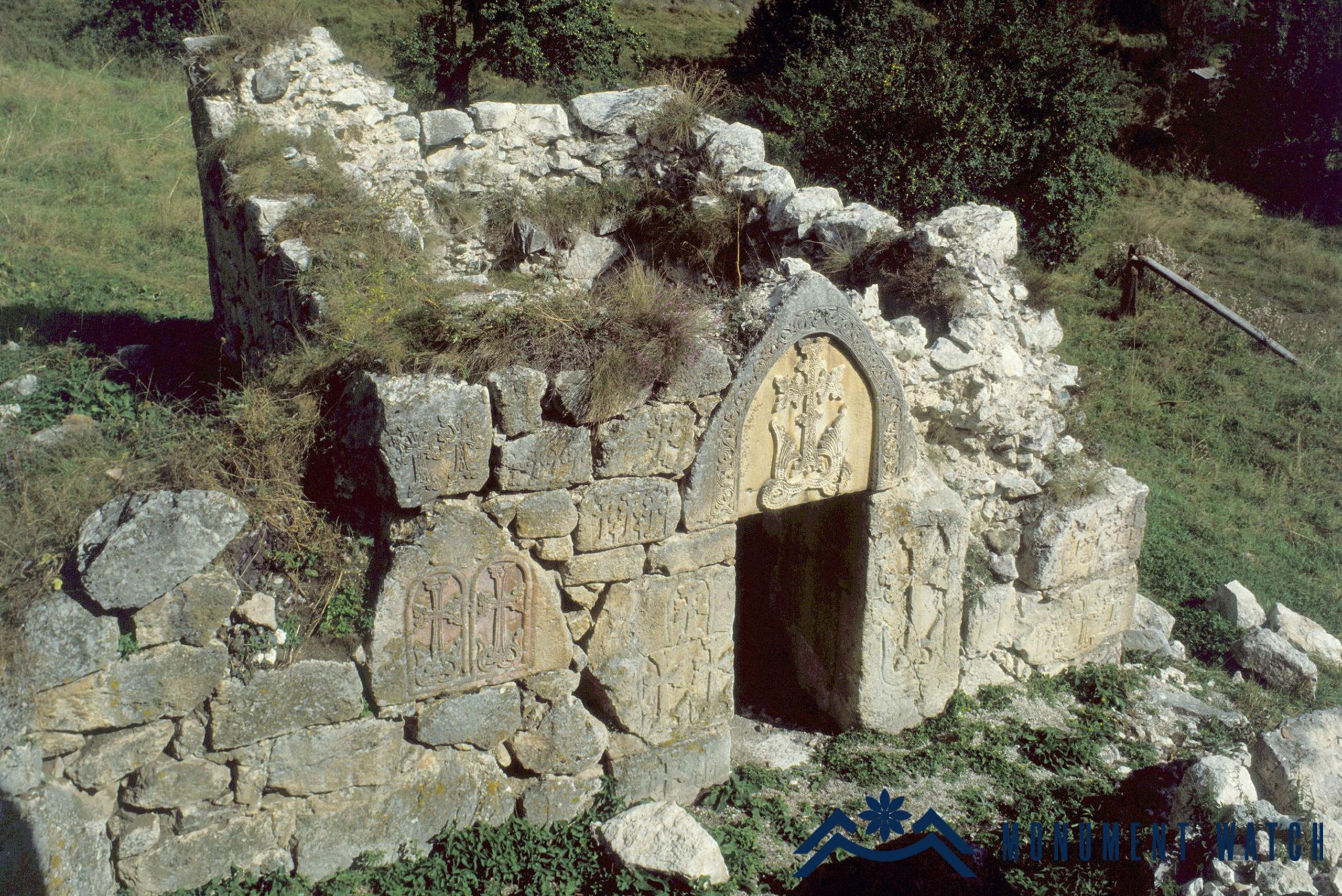The Church of Takyaghaya Village
Location
The church is located on the southern slopes of the Mrav Mountains of Artsakh, in the valley of Lev tributary of the Trtu River – in a rural settlement called Takyaghaya by the Ayrum tribe of the Tatarians established here in the 19th century. There is no preserved bibliographic and epigraphic evidence on the monument. It is known that this village, like the neighboring villages, was tributary to Dadivank before the establishment of the Soviet regime. In the area of the village, on the left bank of the river, on a hill, near a detached rock, there is a small church (Fig. 1) and a cemetery with khachkars around it. In fact, it is because of this solitary rock that the Ayrum tribe, established in the ancient village in the 19th century, called the latter Takyaghaya (solitary rock). The church is located at an altitude of 1601 m above sea level.
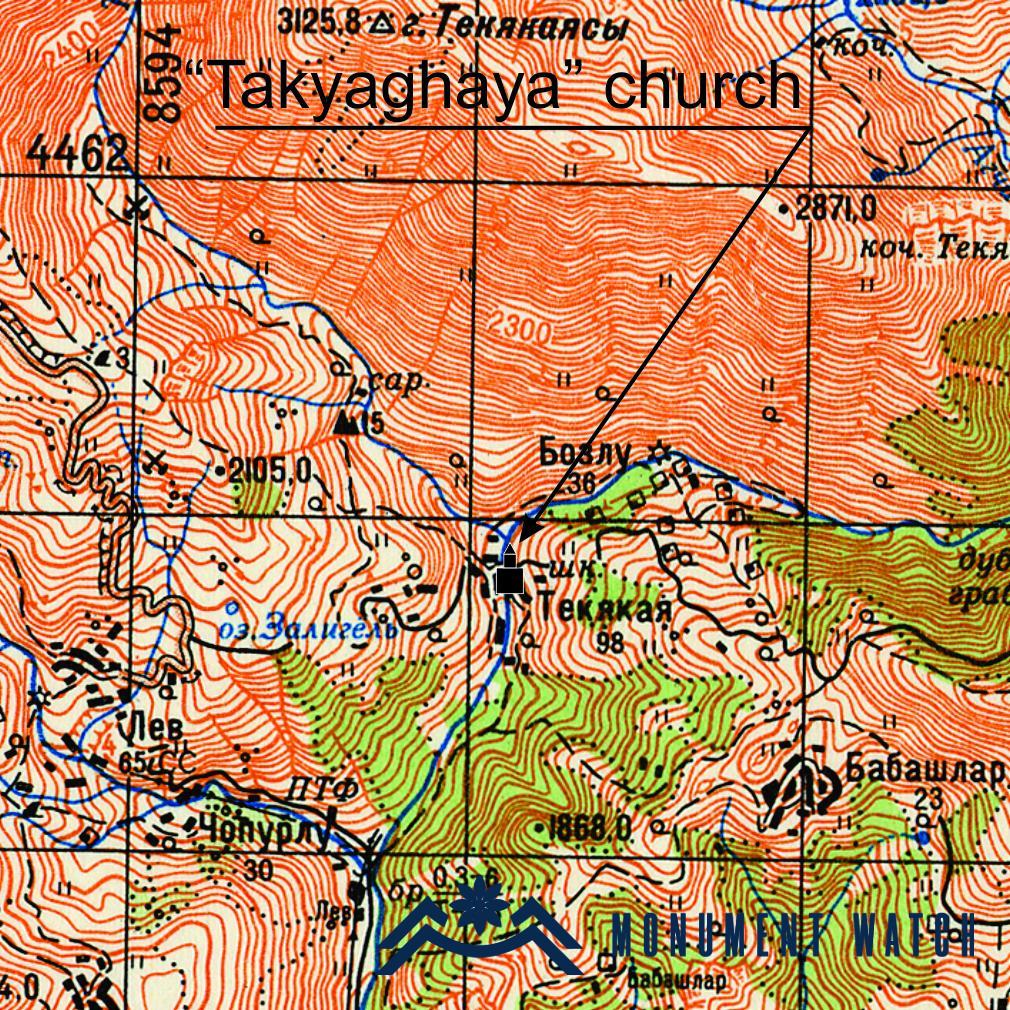
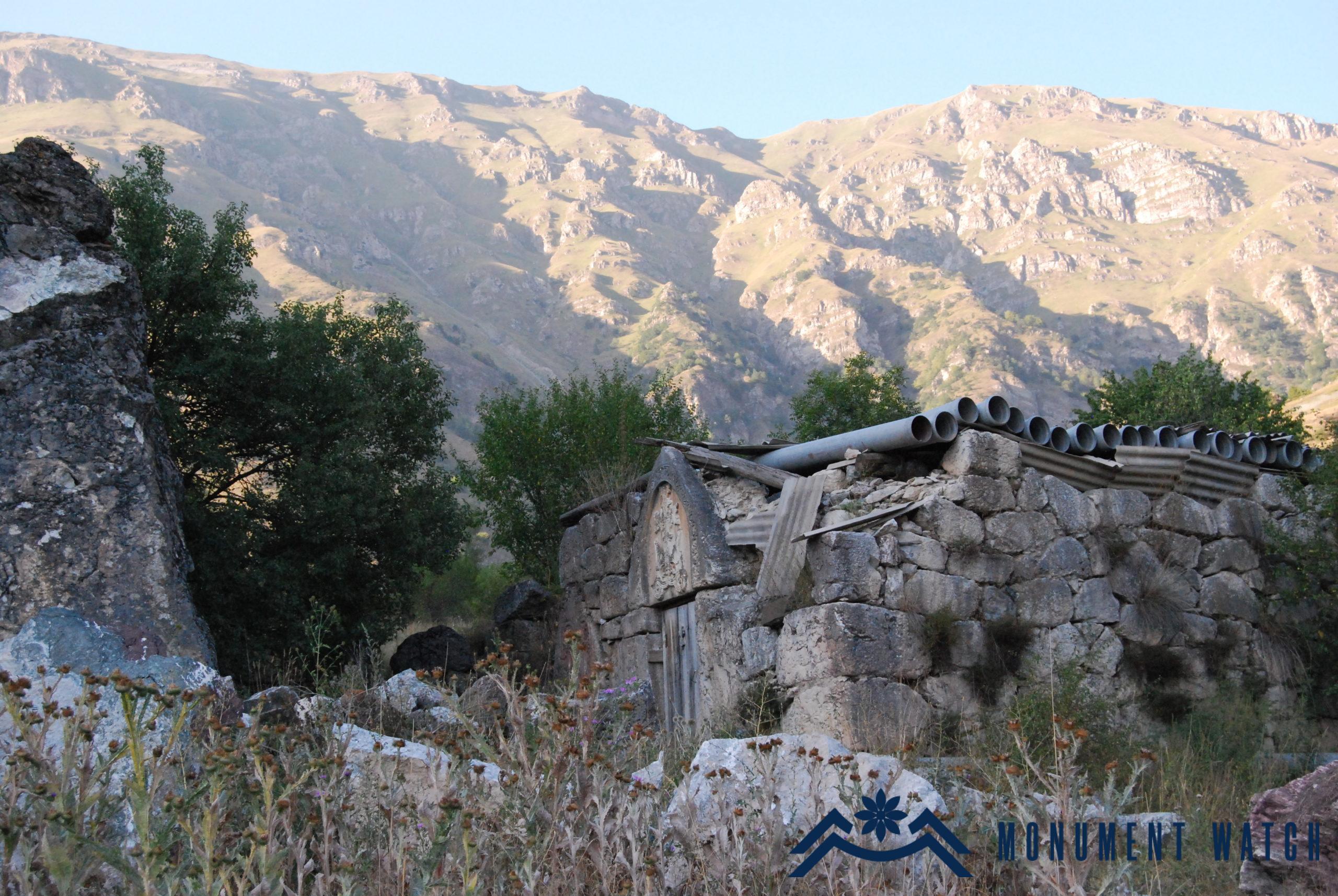
Fig. 1 The general view of the church from the south-west, author: S. Danielyan.
Architectural-compositional examination
The church of Takyaghaya is a single-nave vaulted building (the vault has not been preserved), 7.46X5.58 m in external dimensions. The plan is rectangular (Fig. 2), but has an asymmetric trapezoidal structure.
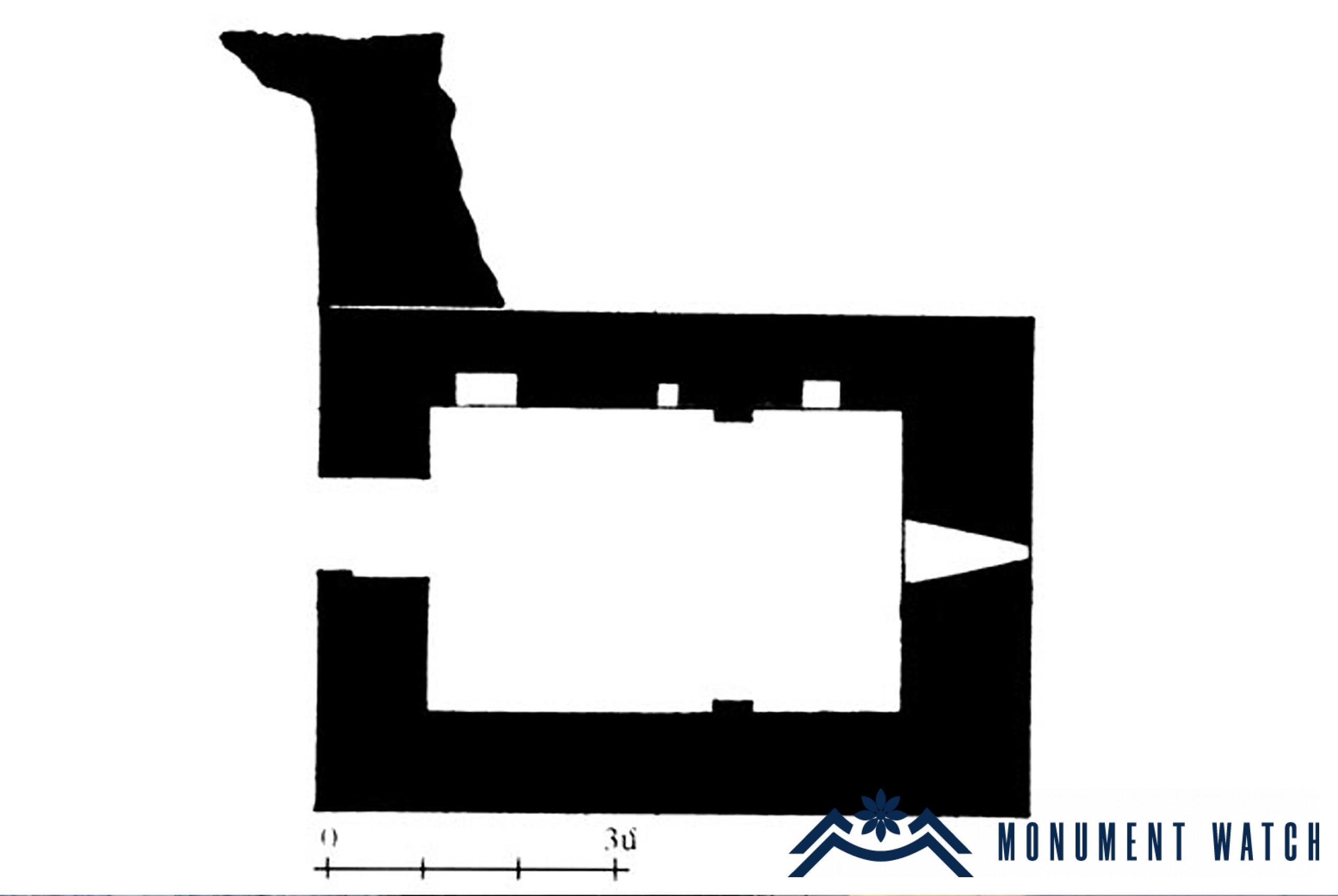
Fig. 2 The church plan: S. Karapetyan, Armenian cultural monuments in the region of Karabakh, p. 29.
The church is built of raw and semi-polished stones, lime mortar. The rock standing adjacent to the church served as a source for the raw material for the construction. The external dimensions are 7.46x5.58 m. The walls are thicker than usual (117 cm on the western front). An important peculiarity is the rectangular altar. For illumination purposes, twin windows open inwards from the eastern facade. Especially noteworthy is the cross-shaped composition sculptured on the lintel (Fig. 3), which is a perfect example of medieval Armenian sculptural art.
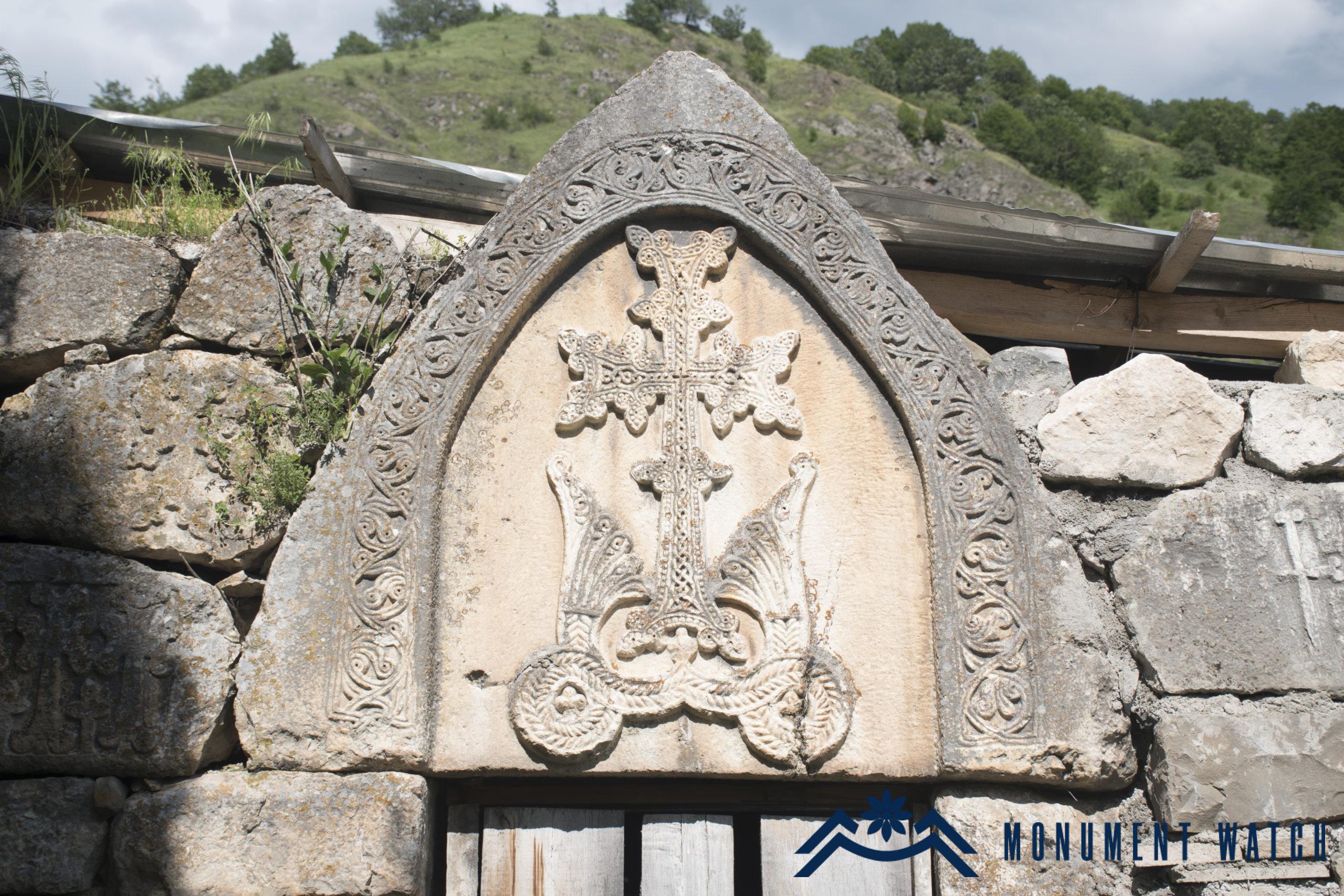
Fig. 3 The entrance lintel, author: S. Danielyan.
Although there is no inscription on the preserved parts of the church walls, nevertheless, the stylistic and artistic features of the cross sculptures are typical of the 13th-14th centuries.
A beautiful sculpture and a fragment of a khachkar preserved on the northern side of the building (Figs. 4), whose cross exactly repeats the motifs of the cross carved on the church lintel, gives reason to believe that the khachkar is the work of the same master. The large blocks outwardly embedded in the western wall of the church (Fig. 5) have been also turned into khachkars. There are cross sculptures also on the rocks located in the surroundings of the church.
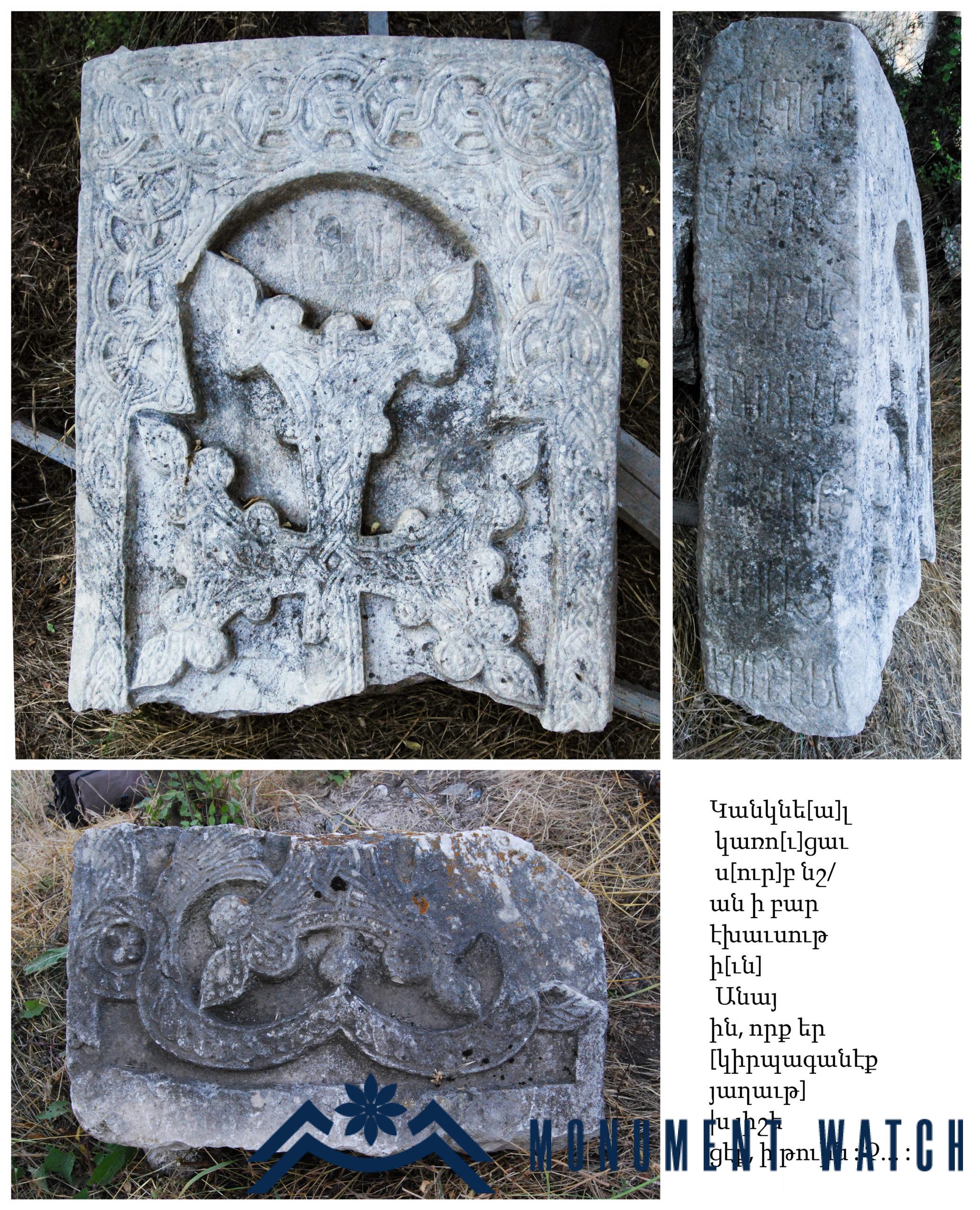
Fig. 4 The inscribed khachkar, author: S. Danielyan.
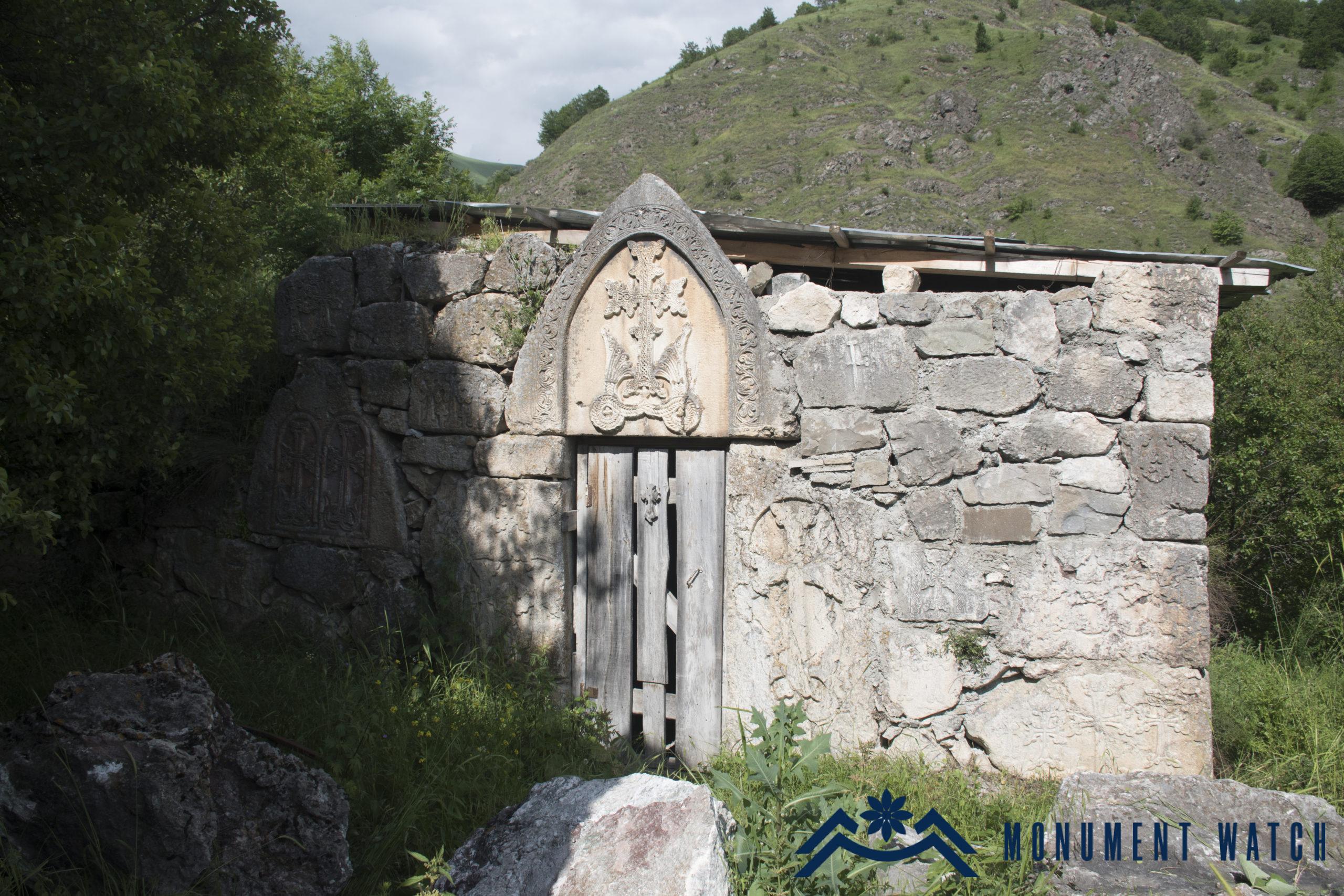
Fig. 5 The western facade of the church, author: S. Danielyan.
The cemetery was destroyed over time and the stones were stolen for building purposes by the Muslim resettlers (the Ayrum tribe) who had established here, but after the liberation of the region in 1993, there were still 5-6 preserved khachkars, one of which (Fig. 4) bore the following inscription: “I erected this holy sign for the intercession to Ana, when you worship, remember her in your prayer, in the year of … (sometime between 1251-1350)” (Karapetyan 2019, 279).
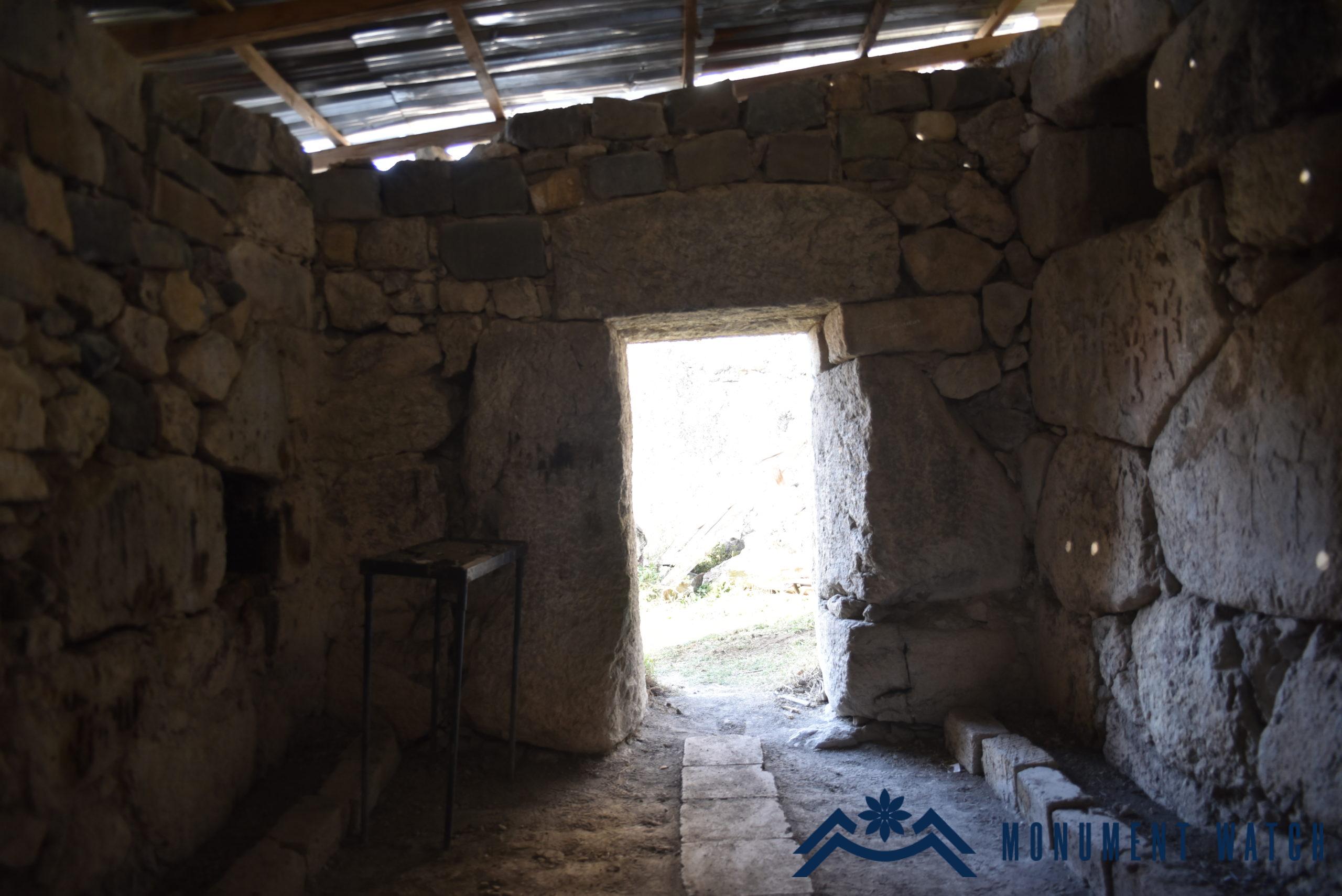
Fig. 6 The interior of the church, the view to the west, author: S. Danielyan.
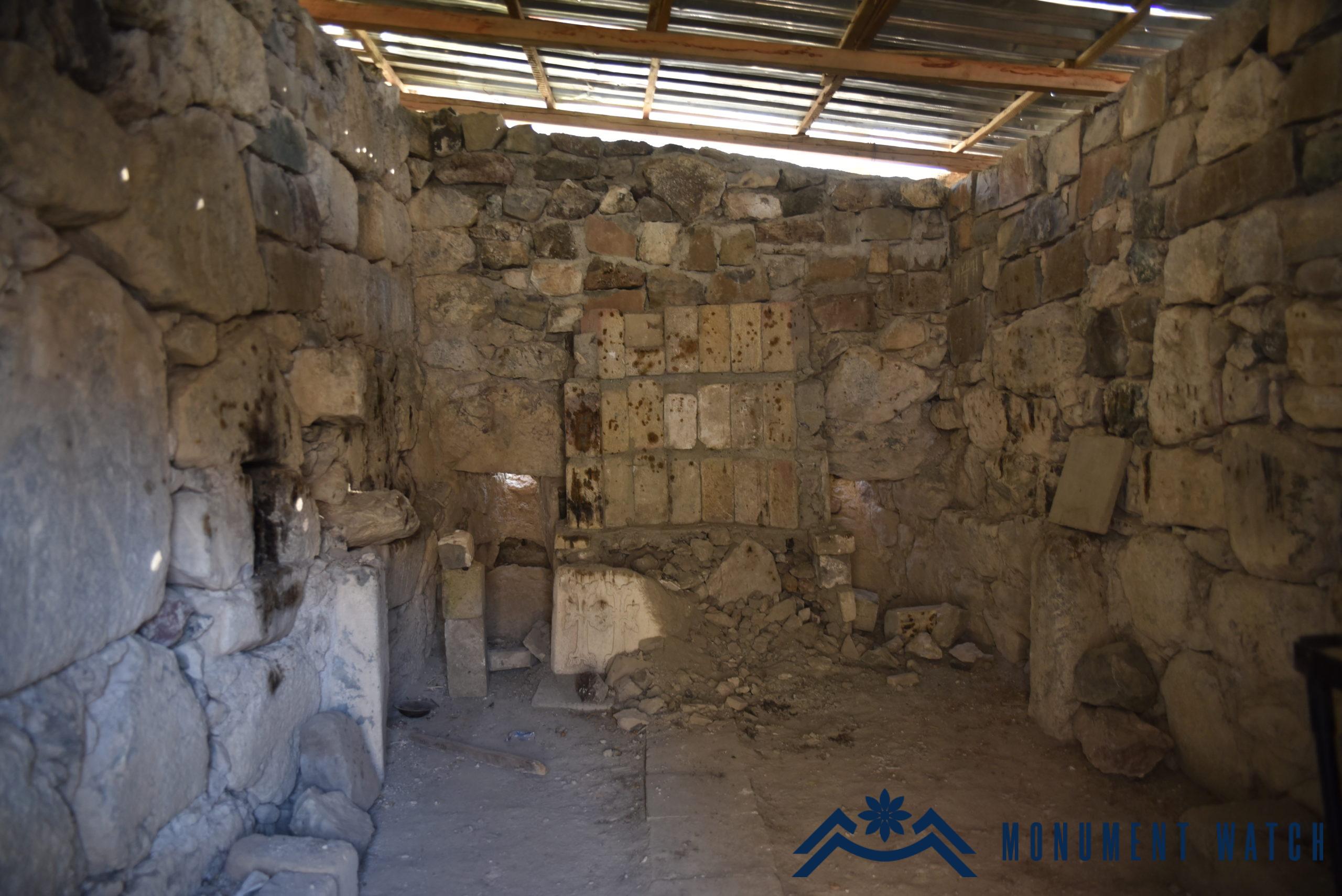
Fig. 7 The interior of the church, the view to the east, author: S. Danielyan.
The condition before, during and after the war
During the first and second Artsakh wars, the church did not suffer military operations. The area has been cleaned, a canopy has been installed.
Bibliography
1․ Karapetyan S., Armenian cultural monuments in the region of Karabakh, Yerevan, 2001.
2․ Karapetyan 2019 – Karapetyan S., Mravakank, Yerevan.
Թաքյաղայա գյուղի եկեղեցի
Արցախ
